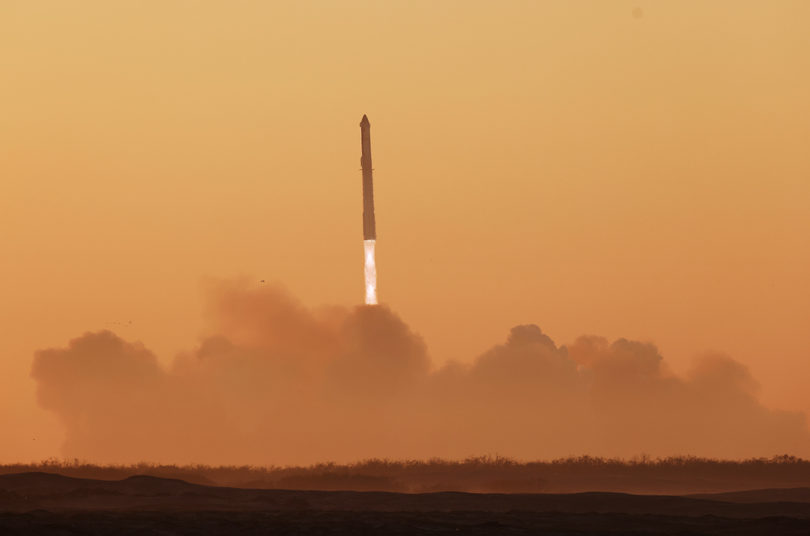SpaceX’s Starship rocket, the largest and most powerful rocket ever built, ascended into the sky over the South Texas coast and exploded at an altitude of approximately 148 kilometers above the Gulf of Mexico. Despite the explosion, the flight is considered a success as it surpassed the milestones set by the rocket’s previous test flight in April. This time, the upper stage of the Starship fired up shortly after launch and separated while some of the booster’s engines were still ignited, marking the first “hot staging” performed by the Starship. Following the separation, the booster turned away and exploded, termed as a “rapid unscheduled disassembly.” Shortly after, an automated safety system detected an issue and destroyed the vehicle just as the upper stage was preparing to coast in space around Earth.
If future test flights prove successful, the Starship rocket could revolutionize human space exploration and scientific endeavors. Elon Musk, the founder and CEO of SpaceX, has long advocated for this fully reusable rocket, designed for cost-effective cargo transportation to orbit, as well as for facilitating human missions to the Moon and Mars. Musk has suggested that the Starship could potentially deliver payloads to orbit at a price as low as $10 per kilogram, making it the most economical launch vehicle to date.
The Starship rocket has already garnered attention from NASA, with plans to utilize a modified version in its Artemis Moon program. NASA intends to send astronauts to the Moon through the Artemis III mission in the coming years using the Starship. It is expected that the vehicle will be capable of carrying over 100 tons of payload to the lunar surface in a single flight, surpassing previous achievements in lunar landing capabilities.
If the Starship fulfills its potential, it could bring significant advancements to astronomy and planetary science. The ability to launch larger or more cost-effective space telescopes could enable breakthrough discoveries. Additionally, space agencies may take bolder risks in spacecraft design or instrument development, enabled by the increased payload capacity and redundancy of the Starship.
Before fully realizing its potential, SpaceX must prove the viability of the Starship rocket. Today’s launch comes after extensive regulatory scrutiny and a mishap investigation conducted by the U.S. Federal Aviation Administration (FAA) following the April launch attempt. SpaceX was required to implement 63 corrective actions based on the findings. Furthermore, the FAA initiated a comprehensive safety and environmental review of SpaceX’s Starship operations, which concluded in November.
Despite controversies surrounding Elon Musk, including a recent incident where he appeared to endorse an antisemitic post, experts predict that NASA’s relationship with SpaceX and the Starship will stay steady. NASA aims to maintain business as usual and avoid being embroiled in controversies.

